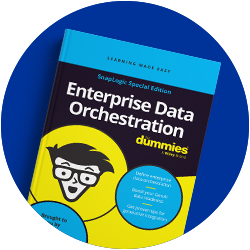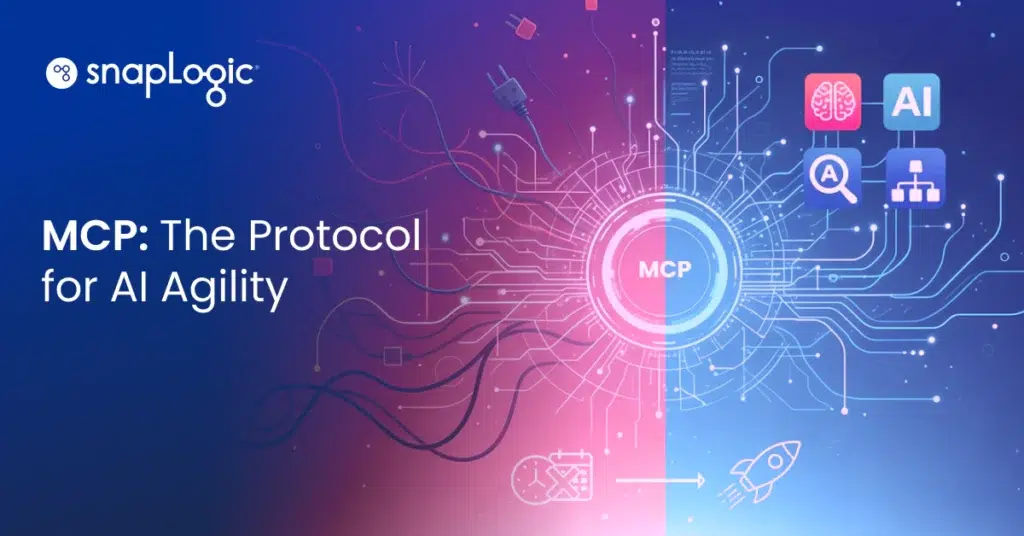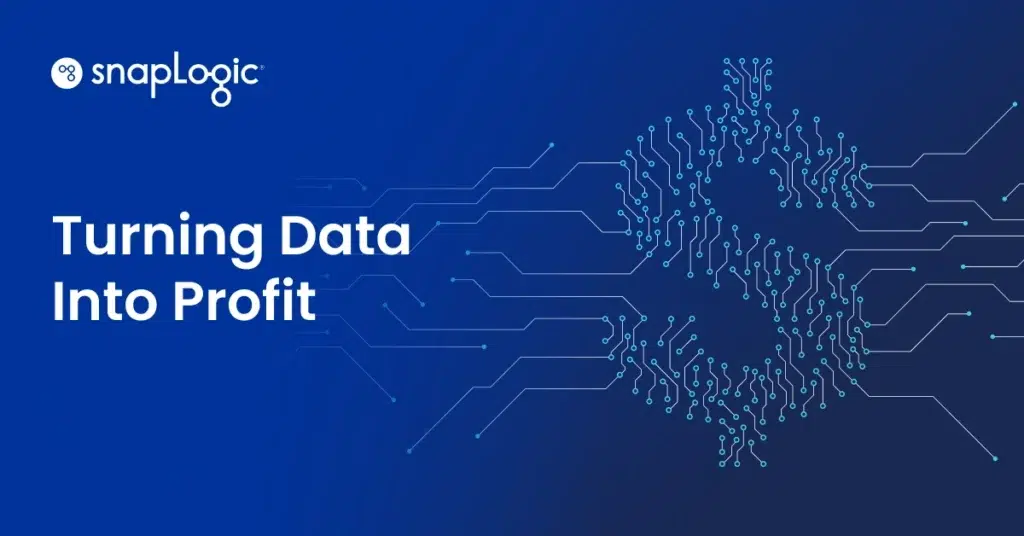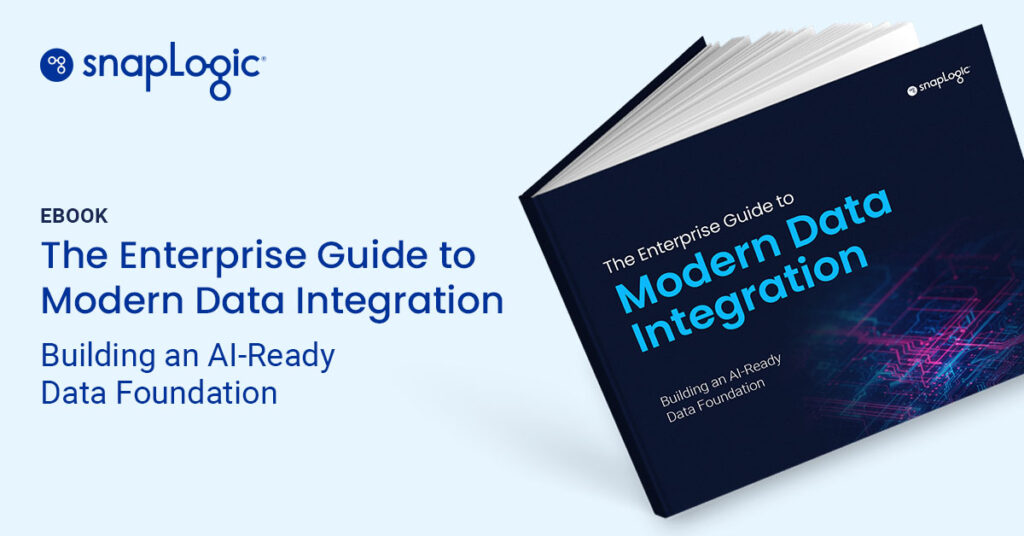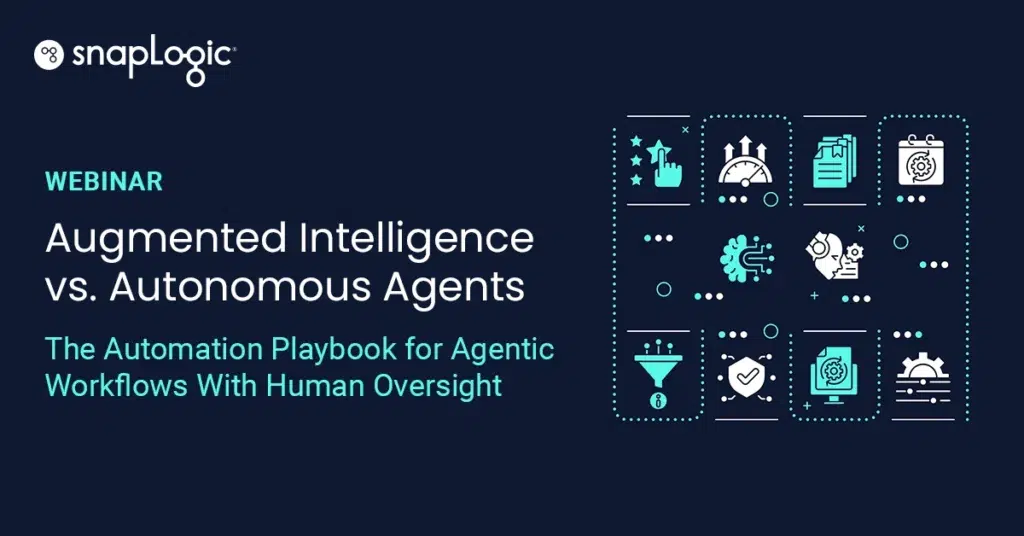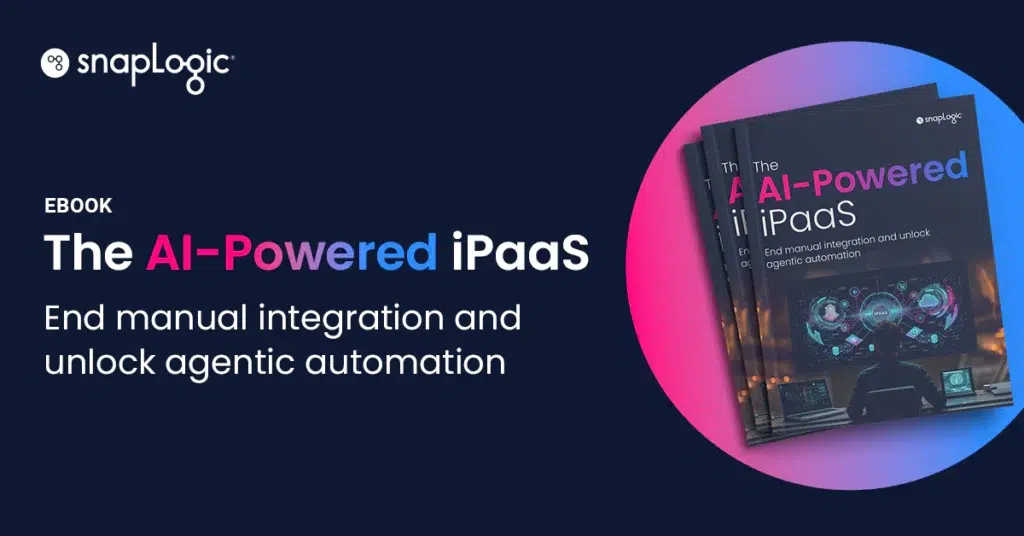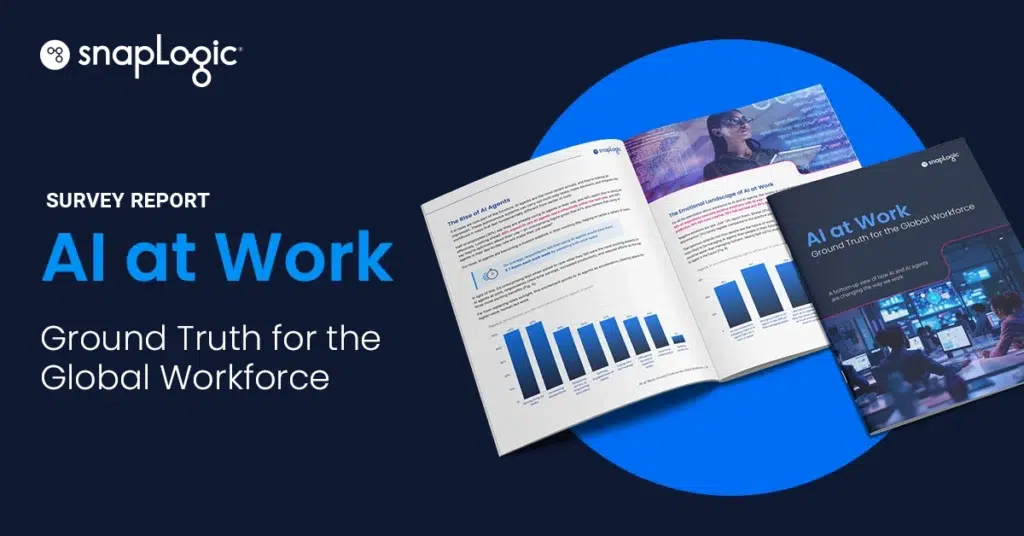Data integration is a task in and of itself. It often requires taking an organization’s legacy processes which are central to a current system and then updating the system for modern digital users. In this way, data integration best practices refer to a set of guidelines that help IT professionals, business professionals, leadership, and data related roles make the transition from older systems in a smarter, more-informed manner.
Data integration practices are usually specific to a team because, although there are common practices among all IT professionals, each integration case and project has a unique set of needs.
Ideally, data integration best practices should include:
- Setting roles and responsibilities
Without establishing set roles for a data integration team, integration can be messy and take longer than necessary. A data integration team should also include internal customer experts, as customers are arguably the most important part of the equation. - Starting with analytics and fitting the integration practice with the results
As a continuation of roles and responsibilities, it is critical to weave in analytic results for complete results. - Collaborating with team members (and often with teams)
Integration is not an autonomous, overnight result. Because most digital processes are interconnected, a best practice is to include more than one opinion and/or company expert on decisions. - Looking toward to the future
Ensure that each step in the integration strategy fits with current and future applications, platforms, and practices. - Defining stakeholders at all stages of development
A subset of the previous best practice, this ensures that everyone involved in the practice is held accountable for their roles and responsibilities.
Data integration best practices, in short, are rules that address the complexities and different components of data integration and aim to make transitions smooth, flawless, and with as few hitches to the overall framework as possible.

